The corner of Ramseur St. and Corcoran St. is a historically significant corner - can't you tell?
(Workers are installing new sidewalk around city-owned parking lot) On the property between Main St. and the railroad tracks, east of Corcoran St., stood Dr. Bartlett Durham's house, "Pandora's Box", a two-story frame structure in which Dr. Durham lived until his death in 1858.
Original 1854 NC railroad survey, showing the future location of Durham's Station (Courtesy David Southern/Steve Rankin) As most folks are aware, Durham's raison d'etre came with the North Carolina railroad in 1854, and the desire to establish a train depot between Hillsborough and Raleigh. I've written previously about Mr. Pratt's high price / fear for his horses (arguably making him the first in a very long line of recalcitrant Durham-area landowners with an overly optimistic view of the value of their land/suspect improvements theron) that led the NCRR to seek out Dr. Bartlett Durham for land upon which to locate their depot. Dr. Durham sold 4 acres of land to the railroad for the establishment of a depot between Raleigh and Hillsborough - Durham Station. Some have concluded from the railroad survey above that Pandora's Box was located on the southern side of the tracks - I think not. I believe the house and tavern are the two buildings shown to the north of the tracks on the survey above. Louis Blount's 1923 map of Durham in 1865 confirms as much.
Blount's map of Durham in 1865 - #17 is "RF Morris Home and Hotel" #21 is "Annex to hotel. Known as 'Pandora's Box' 4 rooms and attic (Logs), #10 is the depot. (Courtesy Duke Rare Book and Manuscript Collection. Scanned by Digital Durham) Durham reportedly used his house was used as a hotel/guest house, and it continued to be used as such after his death. RF Morris evidently established a hotel of some additional significance to its west, on Depot Street - later Corcoran. This was supplanted by the Hotel Claiborn, which possibly incorporated Pandora's Box. On the 1881 map of Durham, this is simply noted as "Grand Central Hotel".
A view of the Hotel Claiborn from Depot (later Corcoran) and Peabody (later Ramseur) Streets
From the corner of Mangum and Peabody, looking west, during the 1880s- the far structure is the Hotel Claiborn. (From "Durham: A Pictorial History" by J. Kostyu)
Picture of the Durham Band at the rear of the Hotel Claiborn, 1887 (mis-labeled Carrolina.) (Courtesy The Herald-Sun) In 1891, Julian Carr replaced the Hotel Claiborn with the "Hotel Carrolina" (yes, Carr-o-lina) on this site, which may have also incorporated the two earlier structures. The Hotel Carrolina was a large, ornate Queen Anne Victorian building which the Historic Inventory calls "Durham's first luxury hotel"
View From Corcoran and Peabody (now Ramseur), looking northeast (from Durham Historic Inventory)
From the railroad tracks looking north across Peabody (now Ramseur), showing reunion of veterans of the Spanish-American War (Courtesy Durham County Library)
Fire destroyed the Hotel Carrolina in 1907, and the corner was vacant until 1919, when the Durham Silk Hosiery Mill was constructed to produce silk stockings.
The mill was named after Marvin Carr, the son of Julian S. Carr who died during time the mill was being constructed. It seems that this name fell into disuse later, when it was simply called the Silk Hosiery Mill.
Below, Carrington Bar, looking a bit worse for wear, with the Silk Hosiery Mill in the background, likely early 1920s. Note how close these structures were to the railroad tracks - Peabody St. did run sporadically between the tracks and buildings north of the tracks, but it was no more than a small-ish two-lane street.
(Courtesy Duke Archives)
By the 1950s, the company had taken the unfortunate step of removing the windows and bricking in the openings - not uncommonly done as a part of 'modernizing' (which seemed to involve an anti-window aesthetic for some reason). I would speculate that increasing automation led to fewer people on the mill floor as well, and when coupled with air conditioning/ac costs, bye-bye windows.
Silk Hosiery Mill, 1950s (Courtesy the Herald-Sun)
Knitting machinery, interior, 1950s. (Courtesy the Herald-Sun)
I love the below picture:
Executives at the DSHM, 1950s (Courtesy the Herald-Sun)
Looking west, 1959 (Courtesy Bob Blake.)
Late 1960s (Durham County Library)
Silk Hosiery Mill after the construction of the parking deck across Corcoran - (Photo by George Pyne, courtesy Milo Pyne)
The Durham Silk Hosiery mill operated until 1969, when the plant shut down. The building was demolished very quickly thereafter. Evidently, the building was so well-built, implosion of the building was unsuccessful and had to be followed up by wrecking-ball demolition.
1969 (Courtesy Durham County Library)
09.09.69
09.09.69
09.09.69
(Courtesy Durham County Library)
Demolition (Photo by George Pyne, courtesy Milo Pyne)
This wonderful building and historic site were repurposed to the use that would be the savior of downtown: parking, parking parking.
~1970 (Courtesy Durham Herald-Sun)
The birthplace of Durham remains, perhaps fittingly, a city-owned parking lot. If we can spend $44,000,000 on a 'performing arts center', maybe we can spare a hundred dollars for a plaque? How about a building to attach it to? There's a lot of real estate in downtown at its lowest-and-worst use, and the site of Dr. Durham's house may be the worst.

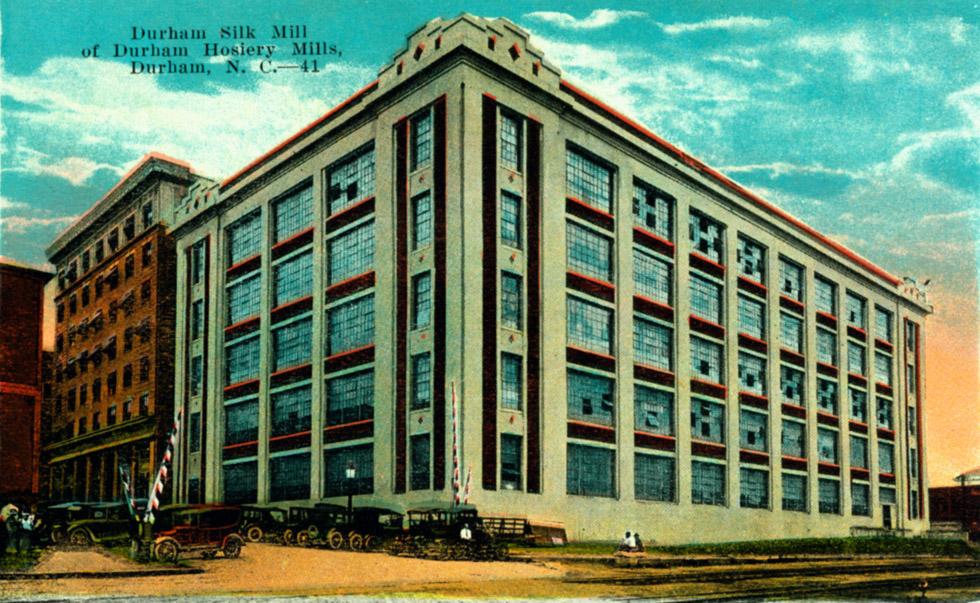
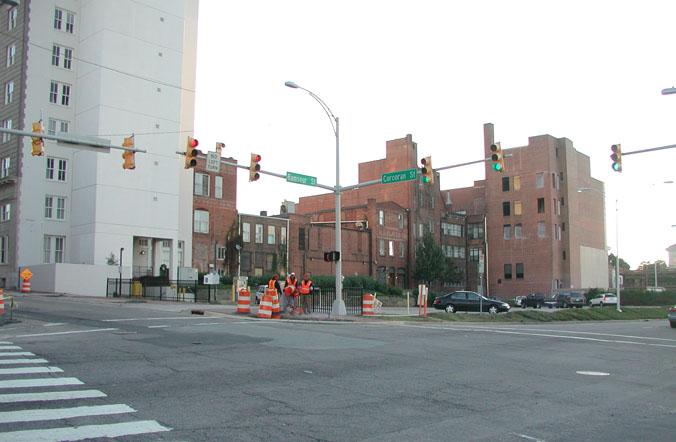
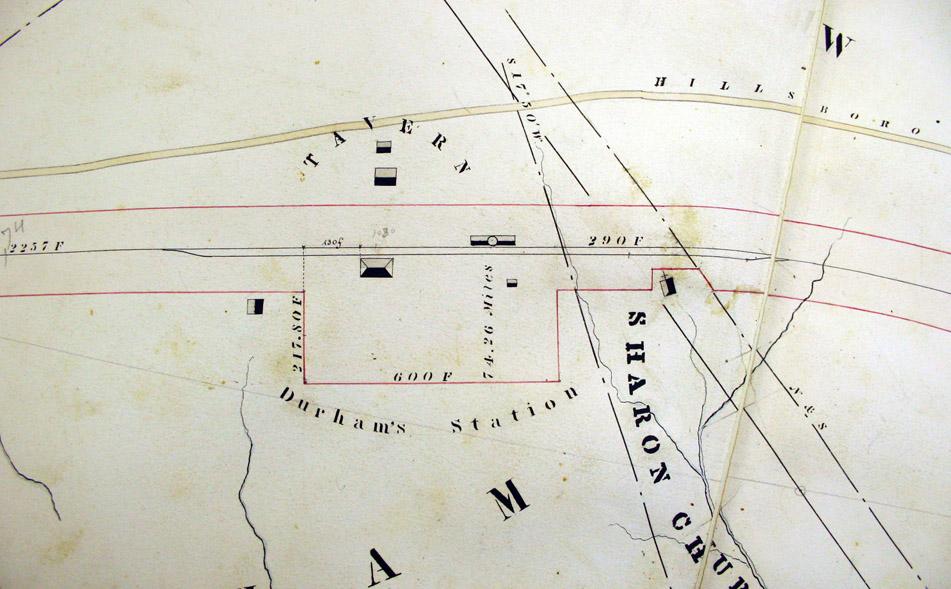
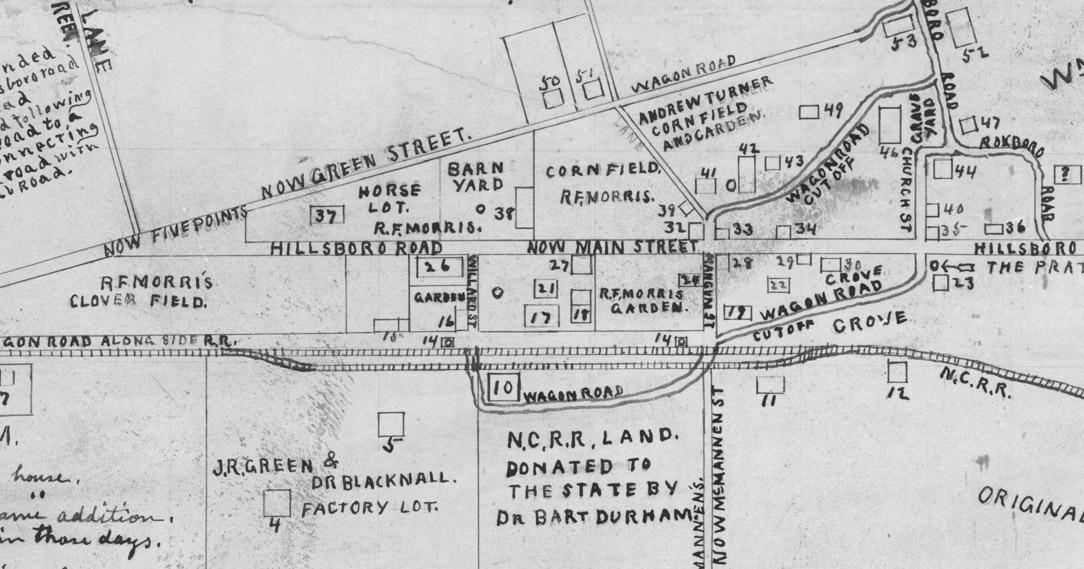
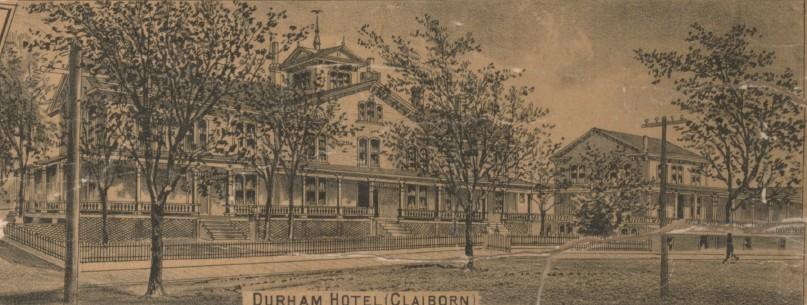
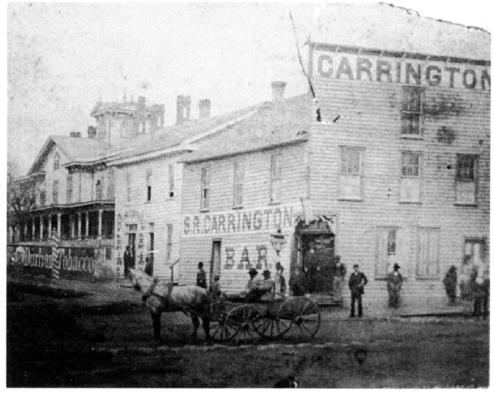
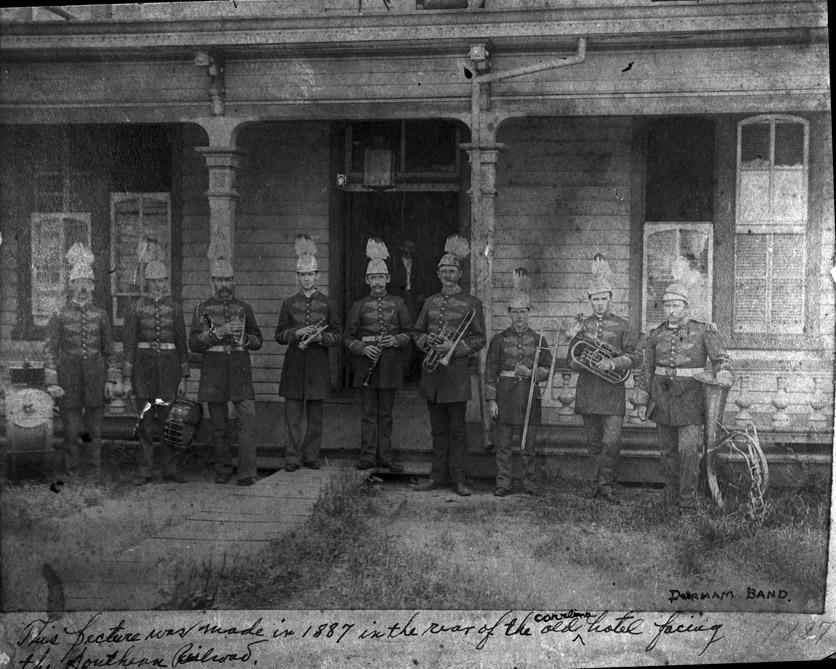
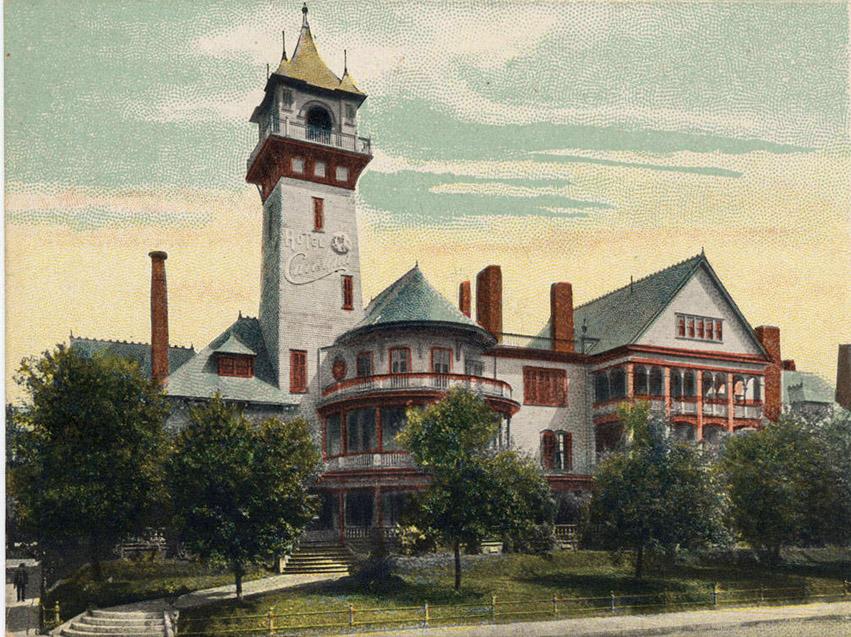
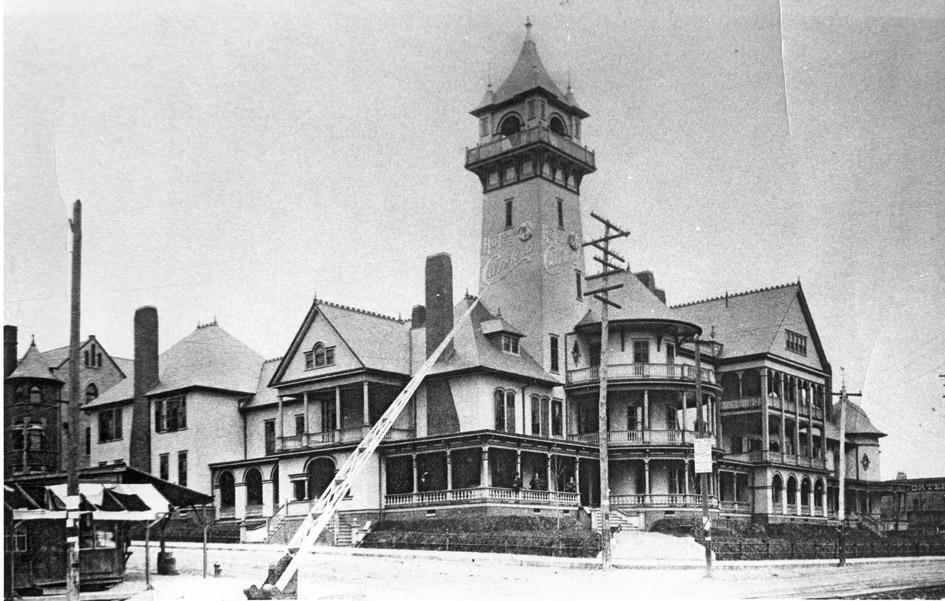

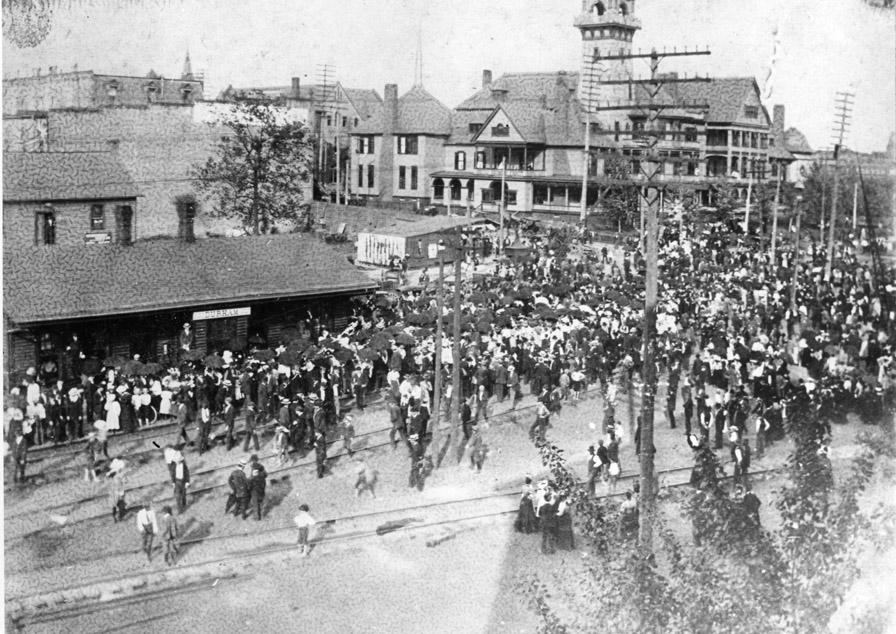
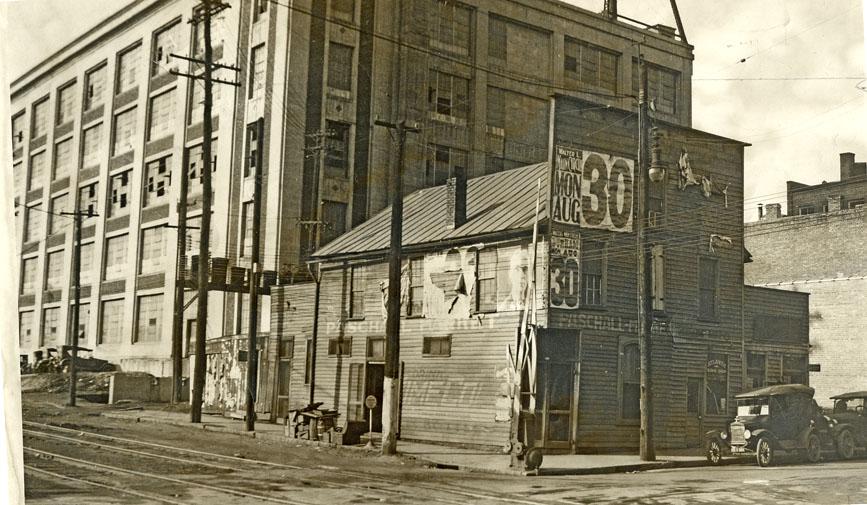
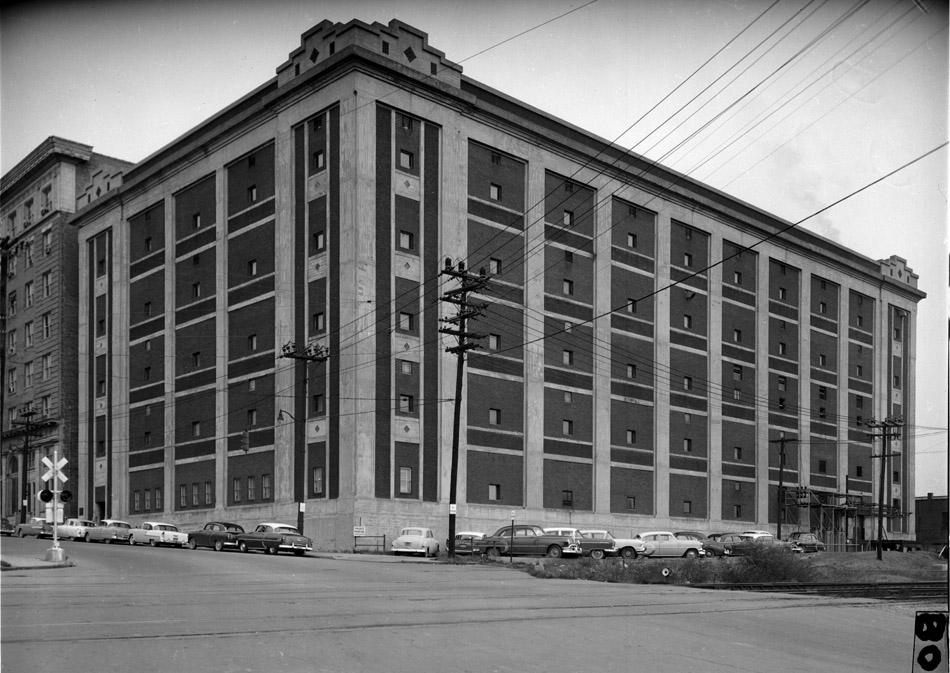
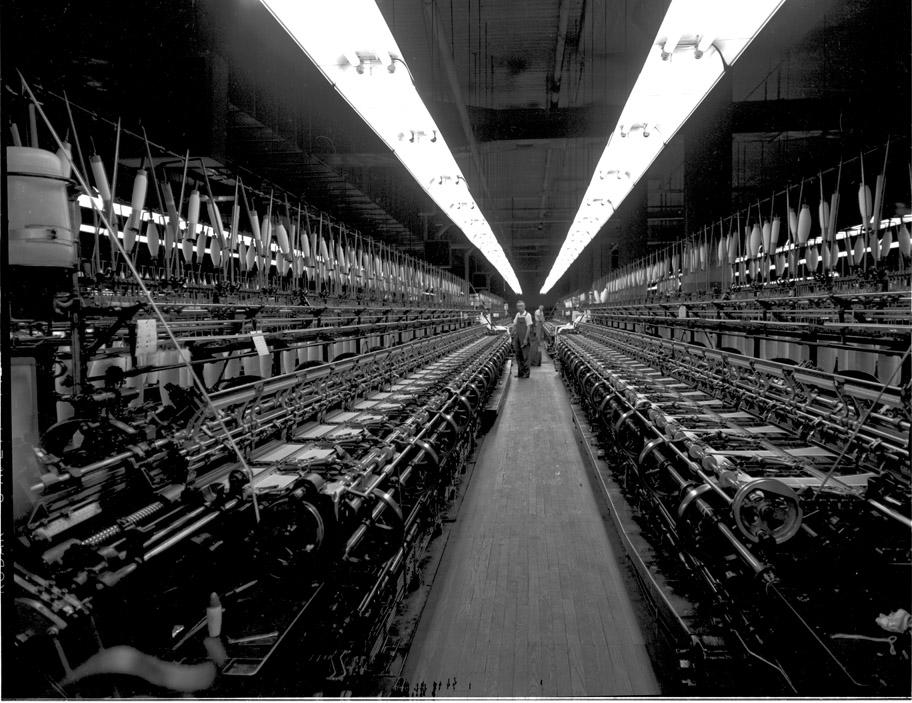
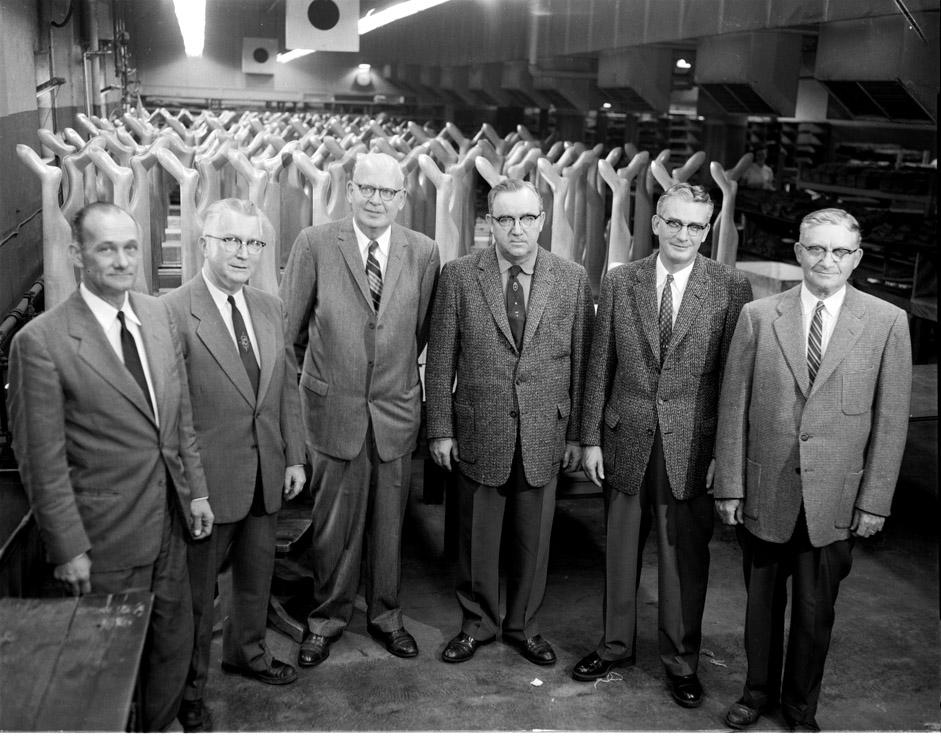

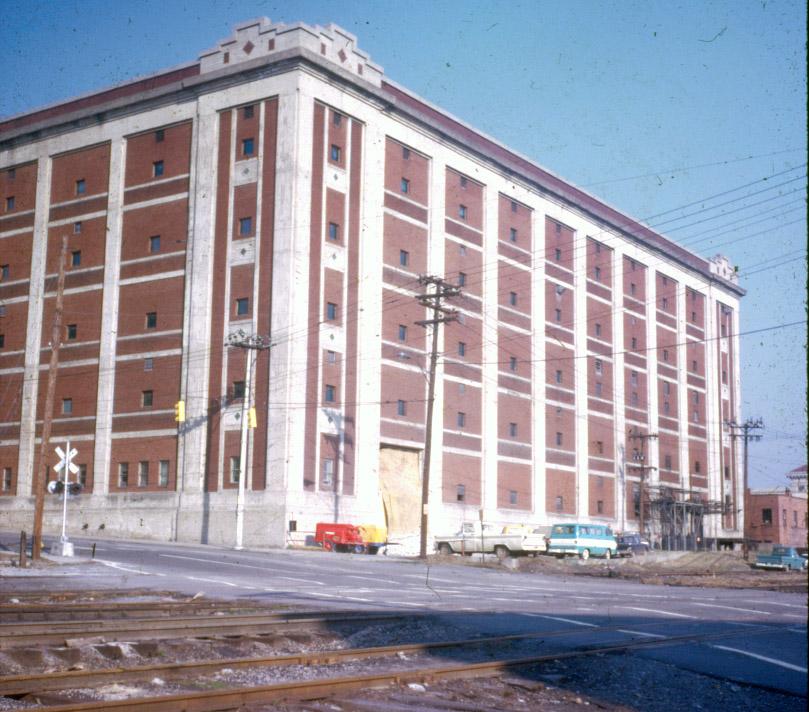
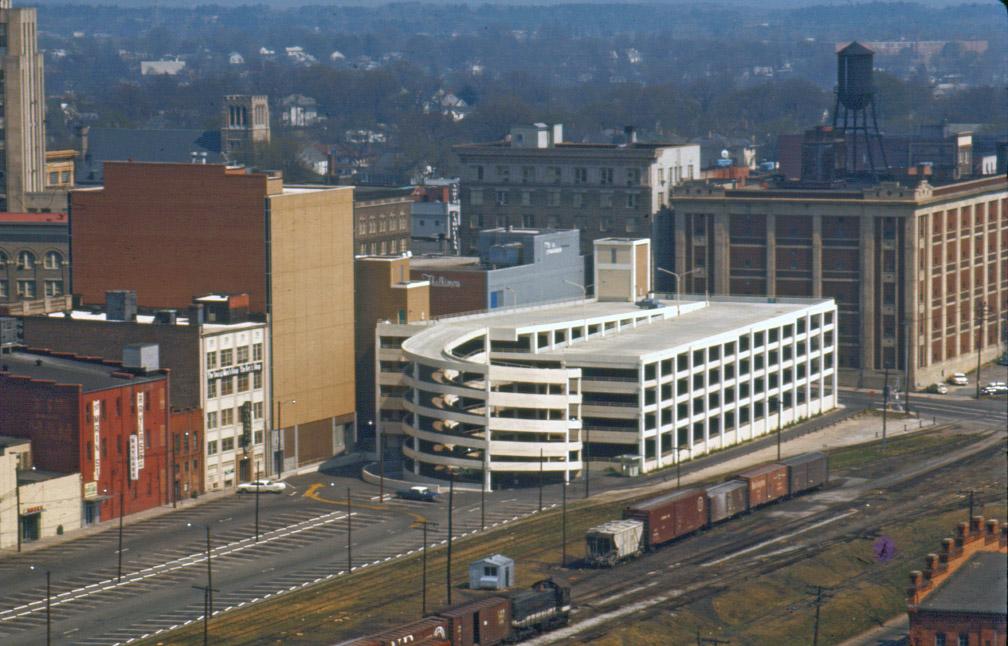



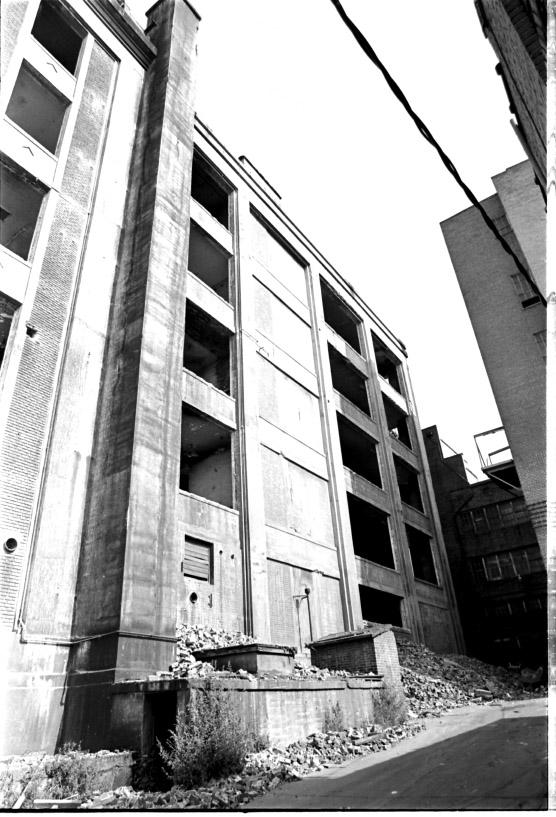
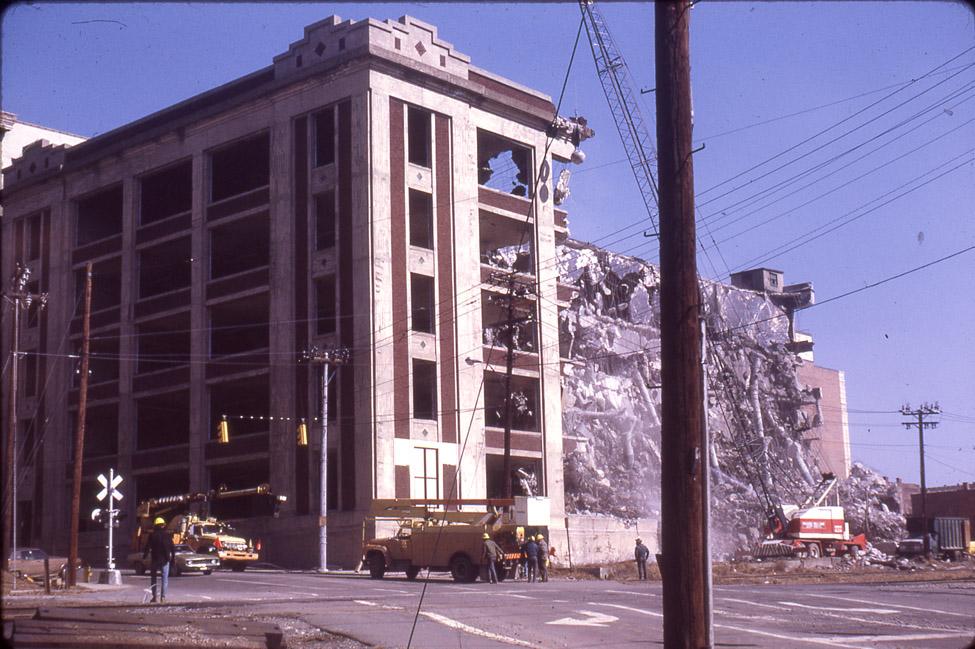
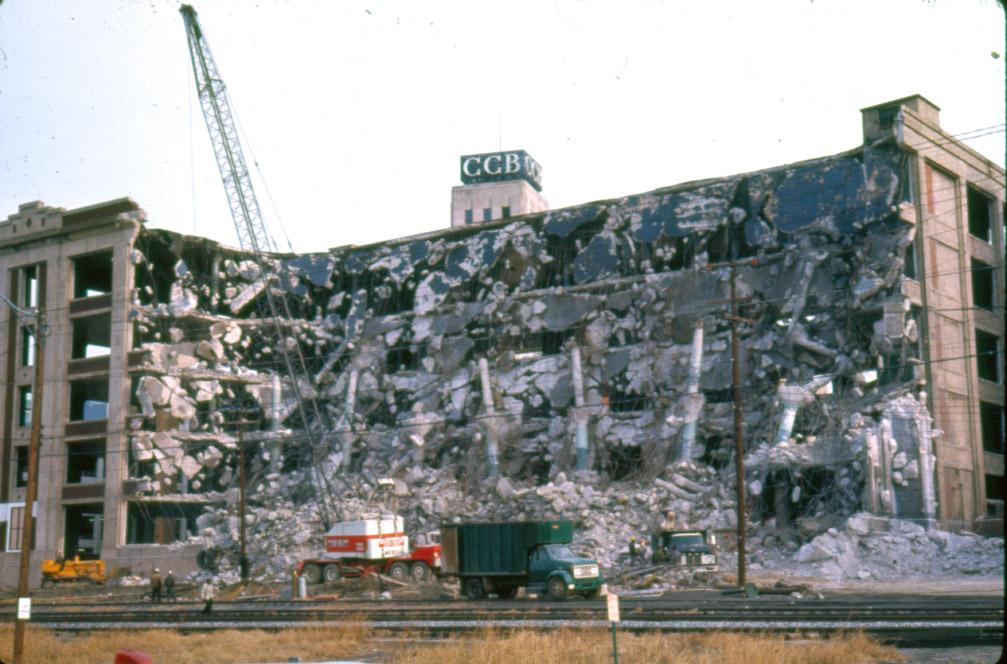
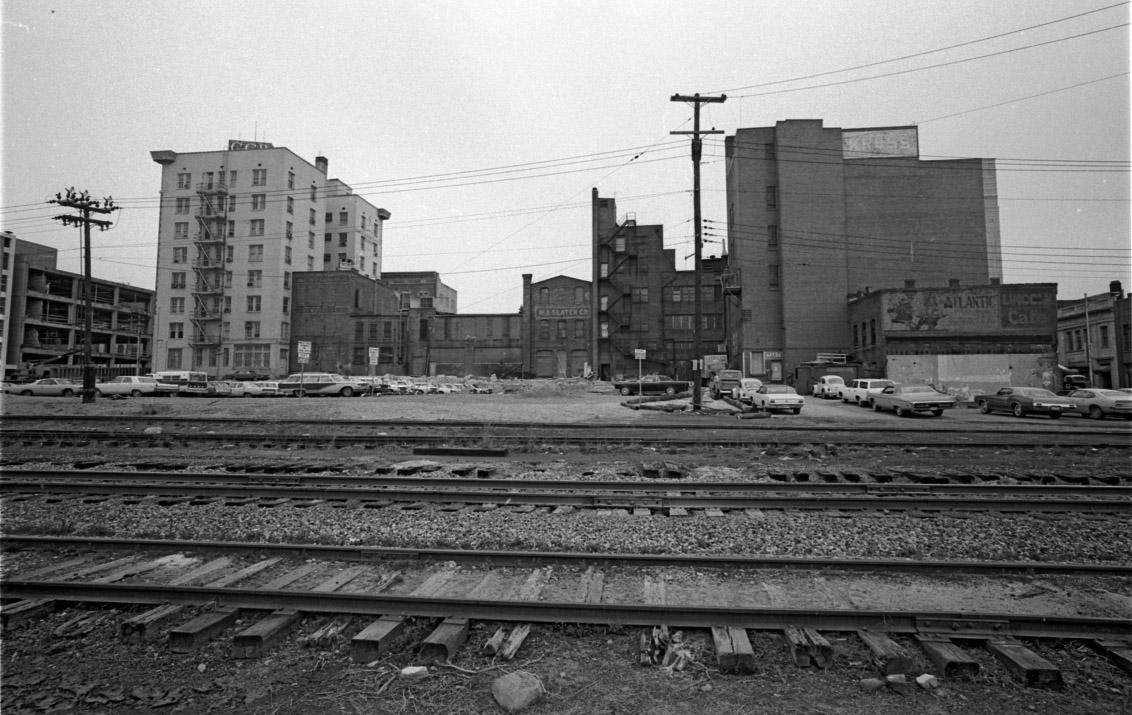
Comments
Submitted by kwix on Mon, 2/20/2012 - 11:00pm
The Hotel Carrolina is simply astounding. The picture of the Spanish-American War veterans assembled in front of this "grand" yet amazingly human-scale "luxury" hotel from over 100 years ago gives me a completely different view of Durham and its past than I had when I first arrived here.
Submitted by Charlotte Smith (not verified) on Thu, 9/20/2012 - 10:13am
I remember well the Durham Hosiery Mill as my father worked there making silk hose for women. I remember going there as a child and love riding the elevator to the floor where I would find my father putting a silk hose on a form shaped like a woman's leg.
Add new comment
Log in or register to post comments.